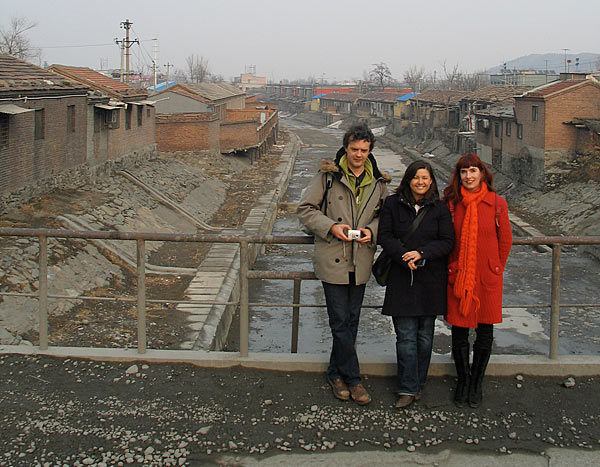

"On Friday February 13, MovingCities went on an embedded urban research trip with Crimson Architectural Historians. Throughout the past one and a half decade this Rotterdam based collective has developed an intriguing hybrid practice that takes the contemporary city as its object. Their ongoing study is a worldwide research project on the phenomenon, evolution, discourse and current state of the New Town:
After the second world war a large family of New Towns was built all over the globe. The towns were planned from scratch, based on the combined ideologies of the Garden City, CIAM-modernism and the neighbourhood principle. From Western Europe to Asia, from Africa to the former communist countries, the original universal model of the New Town was adapted to local cultures, economics and politics."
"This research brought Crimson to Beijing for a ten day field investigation, conducted by Michelle Provoost, Wouter Vanstiphout and Annuska Pronkhorst. Provoost is also the director of the Almere-based International New Town Institute. In 2006 she published the “New towns on the Cold War frontier”-essay on Eurozine which gives an expanded insight in the research. A recent article published on the European Urban Knowledge Network, called “In new towns everything is possible”, provides an update.
After Crimson explored the satellite town of Changping in the North-West of Beijing, MovingCities joined Crimson to the satellite annex industrial town of Mentougou. Mentougou is located ten minutes driving west from Beijing’s most western subway station, on Line1, Pingguoyuan. Nowadays the area is part of Beijing’s metropolitan western outskirts, pushing itself up the hills. A couple of snapshots from the lands of post-industrialization, blown-up newtowns and Chinese urban modernization."
By Bert de Muynck | movingcities.org